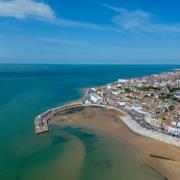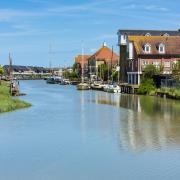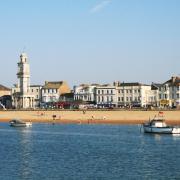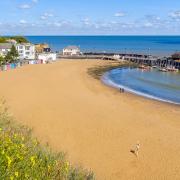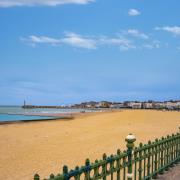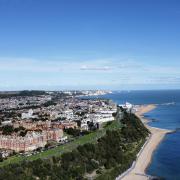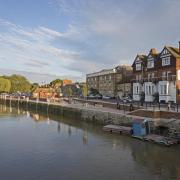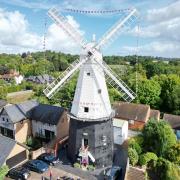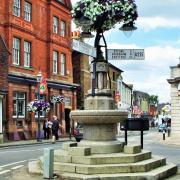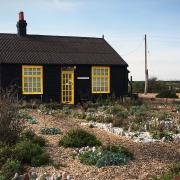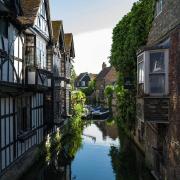Ightham Mote, near Sevenoaks, has been in the National Trust’s care for 30 years and remains a fascinating place to visit with a long and colourful history
This year the National Trust celebrates 30 years since taking over the care of Ightham Mote, the medieval moated manor house near Sevenoaks with a long and fascinating past.
Built in 1320, the house has been owned by everyone from medieval knights and courtiers to Henry VIII and high society Victorians. Each has made a lasting impact to its exterior and interior appearance.
The 70 rooms of Ightham Mote are housed in a beautiful medieval building, arranged around a central courtyard and surrounded by a square moat on three sides. It is set among 14 acres of gardens, orchards, water features and woodland and is home to ancient bluebell woods and a vegetable and cuttings garden.
Intriguing highlights include the Great Hall, chapel and crypt, as well as the UK’s only Grade I listed dog kennel, built in the courtyard for a St Bernard named Dido who lived there in the 19th century.
Previous owners
The Selby family retained ownership of the estate for nearly 300 years after Sir William Selby bought Ightham Mote in 1591 from Charles Allen. Their ownership ended in 1889 when the house was put up for sale by a descendent, Charles Selby-Bigge.
Next to own Ightham Mote was Thomas Colyer-Fergusson, who brought up six children within its walls. He invested heavily in the building’s restoration and repair, adding bathrooms, central heating and a billiard room, among other projects.
He also started the tradition of opening Ightham Mote to the public one afternoon a week in the late 19th century.
In the early days, visitors included the novelist EM Forster, and Octavia Hill, one of the founders of the National Trust.
On Colyer-Fergusson’s death in 1951, the property was once more put up for sale, when it was suggested that it be demolished and turned into a roadhouse.
It was rescued by three local men who clubbed together to buy it in the hope that a rich benefactor would emerge to take on its ongoing maintenance.
American businessman Charles Henry Robinson obliged but could only stay there 14 weeks a year for tax reasons. However, he still invested heavily in the house, adding valuable 17th-century furniture and keeping up with the costly repairs.
When he died in 1985, the house passed into the perpetual care of the National Trust in accordance with his wishes.
Still open to visitors today
Since then Ightham Mote has attracted visitors in their thousands. In May 1939 an acquaintance of travel writer HV Morton was particularly enamoured of the place.
He wrote: “I was boasting to a man at Sevenoaks that I had seen most of Kent’s finest houses: Chevening, Penshurst, Hever and Knole. ‘But you haven’t seen Ightham Mote?’ he asked. ‘You can’t be in Kent and fail to see Ightham Mote. If you don’t see it, you’ll always regret it!’ ”
Today, people still flock to Ightham Mote to enjoy its programme of events and activities or to admire its historic beauty.
Spring events
There will be a guided walk around the estate on 15 April (book in advance on 01732 810378) and a housekeeping day examining how the team cleans the displayed artefacts on 21 May.
Families can join a Cadbury Easter Egg Trail on 4 April and a treasure hunt in the grounds during half term (23-31 May).
Elsewhere at Easter: following the trail
Ightham More is not the only National Trust place to host Cadbury Easter Egg Trails this month.
Drop by Chartwell, Emmetts Garden, Quebec House, Scotney Castle, Sissinghurst Castle Garden or Smallhythe Place between 3-6 April or have fun following the clues at Knole on 3 or 4 April and the White Cliffs of Dover between 3 and 19 April.
Enjoy a special trail designed with each place in mind and claim a delicious chocolatey treat as a prize for taking part.
Normal admission charges apply with a small fee for each trail.
Find out more
To discover more about spring colour, nature walks and fun Easter events for all the family at the National Trust in Kent and the South East, visit www.nationaltrust.org.uk/southeast.
n




